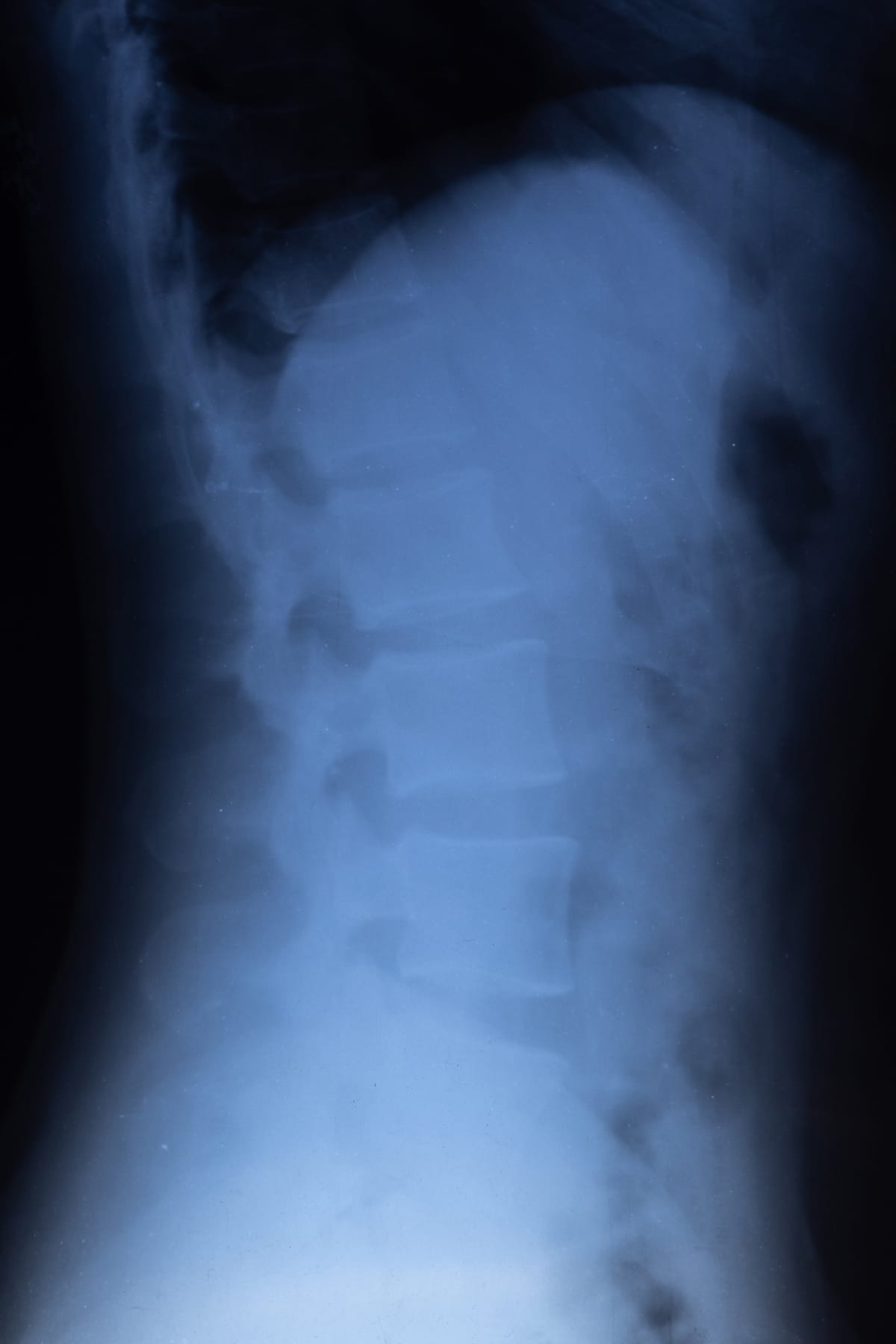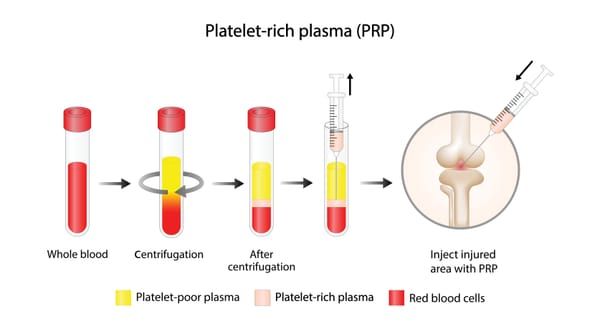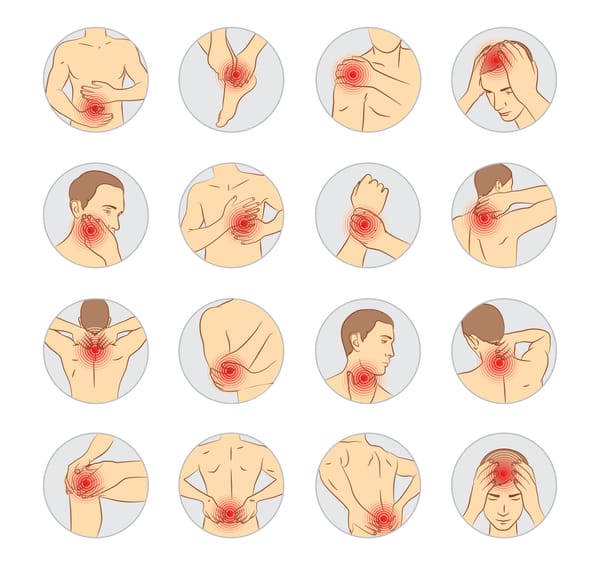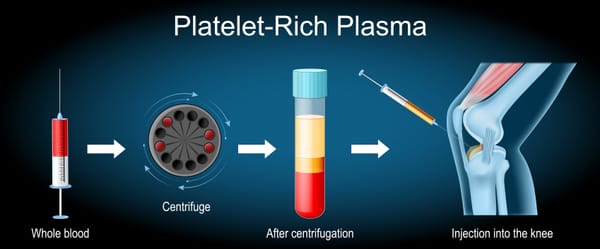Medial Branch Ablation for Facetogenic Pain: A Targeted Solution for Chronic Lower Back Pain

Chronic lower back pain can be a debilitating condition, and for many, the source lies in the facet joints of the spine. Facetogenic pain, caused by dysfunction or degeneration in these small joints, can make activities like sitting, standing, or twisting uncomfortable. When conservative treatments like physical therapy or medications fall short, medial branch ablation—also known as radiofrequency ablation (RFA)—offers a minimally invasive, effective option to relieve pain. In this blog post, we’ll explore what facetogenic pain is, how medial branch ablation works, and what patients can expect, all explained clearly for a general audience.
Understanding Facetogenic Pain
Facet joints, or zygapophyseal joints, are small, paired joints at the back of each vertebra in the spine, including the lumbar spine (lower back, L1-L5). These joints facilitate movement like bending and twisting while providing stability. They are lined with cartilage and surrounded by a capsule, with pain-sensitive nerves called medial branches transmitting signals when the joint is irritated or damaged.
Facetogenic pain occurs when these joints become inflamed, degenerated, or injured, causing localized or radiating discomfort in the lower back. It’s estimated to account for 15-45% of chronic lower back pain cases, per a 2020 study in Pain Physician, and is often misdiagnosed as other conditions like discogenic pain or sacroiliac dysfunction.
Causes of Facetogenic Pain
Facetogenic pain results from irritation or damage to the facet joints, triggered by:
- Osteoarthritis: Cartilage wear leads to bone-on-bone friction, inflammation, or bone spurs (osteophytes).
- Trauma: Whiplash, falls, or heavy lifting can strain the facet joints or their capsules.
- Repetitive Stress: Prolonged sitting, poor posture, or repetitive bending/twisting (e.g., in sports or manual labor) overloads the joints.
- Synovial Cysts: Fluid-filled sacs in the joint can compress nearby nerves.
- Spinal Conditions: Spondylolisthesis (vertebra slippage) or scoliosis increases stress on facet joints.
- Post-Surgical Changes: Lumbar fusion can overload adjacent facet joints, causing degeneration.
Risk factors include aging (facet degeneration increases after age 40), obesity, sedentary lifestyles, or jobs involving repetitive spinal movements.
Symptoms of Facetogenic Pain
Facetogenic pain has distinct features:
- Localized Lower Back Pain: Aching, burning, or sharp pain in the lower back, often on one or both sides of the spine.
- Pain with Movement: Worsened by bending backward, twisting, or prolonged standing, as these stress the facet joints.
- Relief with Position Changes: Pain often eases when lying down, sitting, or bending forward, which reduces joint pressure.
- Stiffness: Limited flexibility in the lower back, especially after inactivity.
- Radiating Pain: Discomfort may spread to the buttocks, hips, or upper thighs, but rarely below the knee (unlike sciatica).
Symptoms may fluctuate, worsening with activity or stress, and can mimic other back conditions, making accurate diagnosis critical.
What is Medial Branch Ablation?
Medial branch ablation, also known as radiofrequency ablation (RFA), is a minimally invasive procedure that uses heat to disrupt the medial branch nerves, which transmit pain signals from the facet joints to the brain. By “turning off” these nerves, RFA reduces or eliminates facetogenic pain without affecting the joint’s structure or spinal stability.
The procedure, performed by a pain specialist or interventional radiologist, involves:
- Inserting a small needle near the medial branch nerves under fluoroscopy or ultrasound guidance.
- Using radiofrequency energy to heat the nerve (70-80°C), creating a lesion that interrupts pain signals.
- Completing the outpatient procedure in 30-60 minutes, typically under local anesthesia or mild sedation.
RFA is often preceded by diagnostic medial branch blocks (anesthetic injections) to confirm the facet joints as the pain source.
How Medial Branch Ablation Treats Facetogenic Pain
Medial branch ablation targets the nerves responsible for facet joint pain, offering relief by:
- Blocking Pain Signals: Heating the medial branch nerves disrupts their ability to transmit pain, reducing discomfort.
- Targeting Specific Joints: RFA can address one or multiple facet joints (e.g., L4-L5 or L5-S1) based on the pain’s location.
- Preserving Function: Unlike surgery, RFA doesn’t alter the spine’s structure, maintaining mobility.
- Providing Long-Lasting Relief: Effects typically last 6-12 months, sometimes longer, as nerves may regenerate slowly.
RFA is ideal for patients with:
- Chronic lower back pain (over 6 months) from confirmed facet joint dysfunction.
- Positive response to diagnostic medial branch blocks (significant pain relief after injection).
- Persistent pain despite conservative treatments like physical therapy, medications, or facet joint injections.
- No significant spinal instability or need for immediate surgical intervention.
What Does the Evidence Say?
Research supports medial branch ablation as an effective treatment for facetogenic pain. Key findings include:
- Pain Reduction: A 2020 meta-analysis in Pain Medicine found that 65-75% of patients with facetogenic pain achieved at least 50% pain reduction at 6 months post-RFA, with 60% maintaining relief at 12 months.
- Improved Function: A 2019 study in Journal of Pain Research reported that 70% of patients had significant improvements in function (measured by the Oswestry Disability Index), enabling better daily activities.
- Safety Profile: A 2021 review in Global Spine Journal noted a low complication rate (<2%), with minimal risks of infection, nerve injury, or burns when performed with imaging guidance.
- Repeatable Procedure: A 2020 study in The Spine Journal found that repeat RFA provided similar relief for patients when nerves regenerated, typically after 12-18 months.
- Patient Experiences: On platforms like Reddit, patients describe RFA as “a lifesaver,” with many reporting reduced pain and improved mobility, though some note temporary soreness or partial relief.
RFA is not a cure for facet joint degeneration, and pain may recur if underlying arthritis progresses or other pain sources (e.g., discs) emerge.
What to Expect from Medial Branch Ablation
Here’s an overview of the RFA process:
- Pre-Procedure: Your doctor will review your pain history, symptoms, and imaging (e.g., MRI or X-ray) to confirm facetogenic pain. One or two diagnostic medial branch blocks are typically performed to verify the facet joints as the pain source (significant relief after injection indicates a good candidate for RFA). You may need to stop blood thinners or NSAIDs temporarily.
- Procedure: Under local anesthesia or mild sedation, a needle is inserted near the medial branch nerves using fluoroscopy or ultrasound guidance. After confirming placement, radiofrequency energy is applied for 60-90 seconds per nerve. Multiple levels (e.g., L3-L5) may be treated in one session, taking 30-60 minutes total.
- Recovery: Most patients go home the same day. Mild soreness or burning at the treatment site is common for 3-7 days. Light activity can resume within days, with strenuous activity avoided for 1-2 weeks. Pain relief often begins within 1-2 weeks but may take up to 4 weeks to peak.
- Follow-Up: Regular check-ups assess pain relief and function. If pain returns (typically after 6-12 months), RFA can be repeated.
- Side Effects: Common side effects include temporary soreness, bruising, or nerve irritation. Rare risks (<2%) include infection, bleeding, or nerve damage, minimized by experienced providers and imaging guidance.
Benefits and Considerations
Benefits:
- Significant pain relief, often 50-75% reduction, lasting 6-12 months or longer.
- Improved function, enabling better mobility and daily activities.
- Minimally invasive with a small needle puncture, low complication rate, and quick recovery.
- Repeatable if pain recurs, with no impact on spinal stability.
- Reduces reliance on medications, minimizing side effects like sedation.
Considerations:
- Temporary side effects like soreness or mild nerve irritation post-procedure.
- Rare risks include infection, burns, or nerve injury (<2%).
- Costs range from $1,000-$5,000 per session, with insurance coverage varying (often approved with confirmed facetogenic pain and positive diagnostic blocks).
- Not suitable for pain from other sources (e.g., disc herniation, sacroiliac dysfunction) or significant spinal instability.
- Pain may recur if nerves regenerate or degeneration progresses.
Is Medial Branch Ablation Right for You?
Medial branch ablation is typically considered for patients with:
- Chronic lower back pain (over 6 months) from confirmed facet joint dysfunction.
- Significant pain relief from diagnostic medial branch blocks.
- Persistent symptoms despite conservative treatments like physical therapy, medications, or facet joint injections.
- No need for immediate surgical intervention (e.g., fusion for instability).
Your healthcare team, including a pain specialist, spine surgeon, or interventional radiologist, will assess:
- The source of your pain, using imaging, physical exams, or diagnostic blocks.
- Your overall health, including any contraindications like active infections or bleeding disorders.
- Your goals, such as pain relief, improved function, or avoiding surgery.
Discuss the procedure’s risks, benefits, and expected outcomes with your provider. Choosing a center experienced in RFA is crucial for safety and success.
Complementary Treatments
Medial branch ablation is often part of a broader pain management plan, including:
- Physical Therapy: Core strengthening, posture exercises, and stretches to support spinal health and prevent recurrence.
- Medications: NSAIDs, muscle relaxants, or neuropathic drugs (e.g., gabapentin) for residual pain.
- Interventional Procedures: Facet joint injections or spinal cord stimulation for persistent or mixed pain sources.
- Lifestyle Changes: Weight management, ergonomic adjustments, and avoiding repetitive spinal stress.
- Psychological Support: Counseling or mindfulness to manage chronic pain’s emotional toll.
A 2021 study in Journal of Pain Research found that combining RFA with physical therapy improved outcomes by 30-40% in facetogenic pain patients, emphasizing a multidisciplinary approach.
Living with Facetogenic Pain
Facetogenic pain can limit work, hobbies, or sleep, making daily life challenging. Medial branch ablation offers hope for significant relief, but ongoing management is key. Keep a pain diary to track symptoms and triggers, and share details with your healthcare team. Support groups, through organizations like Spine-Health (spine-health.com) or the North American Spine Society (spine.org), or online platforms like Reddit, provide a space to connect with others and share coping strategies.
Emotional support is vital, as chronic pain can lead to frustration or depression. Lean on counselors, family, or friends for encouragement. Practical steps, like using a lumbar support cushion, alternating positions, or practicing gentle stretches, can help manage symptoms.
Why Awareness Matters
Facetogenic pain accounts for 15-45% of chronic lower back pain, yet it’s often misdiagnosed as disc or sacroiliac issues, per a 2020 study in Osteoarthritis and Cartilage. Raising awareness about medial branch ablation ensures patients access this effective treatment when conservative options fail.
If you’re struggling with chronic lower back pain, especially worsened by bending backward or twisting, consult a pain specialist or interventional radiologist about whether medial branch ablation could help. Resources like Spine-Health offer valuable information and support.
By spotlighting treatments like medial branch ablation, we can bring hope and relief to those facing facetogenic pain. Let’s keep the conversation going—no one should endure this pain alone.
Disclaimer: This blog post is for informational purposes only and not a substitute for professional medical advice. Consult a healthcare provider before considering medial branch ablation or any new treatment for facetogenic pain.



